It's a fairly safe bet that when c-store owners sleep, they don't dream of unattended vending environments and Near Field Communication systems. Yet they ought to. According to the retail futurologists, c-stores are on the cusp of a technological revolution.
Crowded with super-clever vending machines, equipped with remote video assistants and cashless payment systems, the c-store of the future will be an Aladdin's cave of hi-tech wizardry.
As ever, Japan is leading the way in technology. "Most Japanese c-stores offer payment methods that do not require cash or the authorisation of bankcards, and the rest of the world will shortly follow suit," says Adrian Williams, IGD analyst.
It's happening in the UK already. Midcounties Co-op is trialling biometric finger readers, where registered shoppers have credit or debit card information linked to their fingerprint. The society says it is 20% quicker than standard Chip and PIN.
And this month Royal Bank of Scotland begins trials on its own wave-and-pay cashcard for small transactions up to £10.
These futuristic moves come as Microsoft executive Christophe Heurtevent and analyst Oliver Dauvers publish a mind-boggling set of predictions about the future in their book Inventing the Store of Tomorrow Today. It paints a picture of Bluetooth-enabled vegetable racks spamming shoppers' mobile phones with special offers on carrots, and super-smart RFID tags allowing mirrors in fitting rooms to automatically suggest what blouse would match a pair of jeans.
If talking mirrors sounds whacky, how about smart posters. Any kind of sign - from a giant bus shelter poster to modest PoS - is a potential "smart poster". All you need is a chip capable of picking up a short-range wireless connection to be embedded in or stuck behind the display. The customer then waves another device, also with a short-range wireless connection, in front of the display, activating a customised ad or message. This technology, Near Field Communication, allows payments to be made, vouchers traded in or special offers downloaded. With the first Nokia NFC-enabled mobile phones available this month, it opens up a new, portable and simple alternative to cash or cut-out-and-keep special offers.
Dr Neil Garner is MD at Norwich-based Glue4 Technology. His business is one of the pioneers of NFC and is championing "smart posters". "Contactless payment is rapidly becoming a well understood and trusted technology thanks to everyday uses such as Transport for London's Oyster card and the new payment trials with MasterCard and Visa. It's a simple technology that our user trials prove is popular with both early and late adopters," he says.
And unlike Bluetooth technologies - where the smart poster initiates talks with the customer - NFC leaves consumers in control, he insists. It means no spam to irritate customers, very little paperwork to irritate retailers, a low risk of forgery and high traceability.
"The pressure to adopt NFC is coming from consumers who realise that anything you can handle through your mobile phone is a doddle. Very soon you will find smart posters in bus shelters, lamp-posts and in-store marketing displays," says Dr Garner. "The big retailers are already investing in NFC technology, but it shouldn't be out of the reach of c-stores. It's difficult to guess the costs at this stage, but the simplest systems should be nominal and could mean extra revenue streams."
One relatively new method of receiving payment already in place in some c-stores is PayPoint. With 2,500 post offices earmarked for closure in Britain within the next two years, there is a major opportunity for c-stores to mop up that business.
What started as an over-the-counter payment system for bills is now expanding into wider services, such as payment for the Congestion Charge, travel tickets and TV licences. Dominic Taylor, PayPoint chief executive, says c-stores of the future will offer an even wider service.
"The post office has long been a provider of services and the c-store category could develop down this route. It is my core belief that a c-store, irrespective of whether it is city or rural-based, has a local population that wants to get stuff done."
PayPoint is in 17,500 stores in the UK, and intends to increase this by a further 2,000 stores in the next 12 months.
Taylor predicts c-stores will start to offer even more services that traditionally only post offices could deliver. Two years ago PayPoint trialled a parcel collection service and it expects to launch similar schemes across the UK.
"Using new technology we can scan parcels in for customers to collect and track their delivery. This is just one way of driving the volume of services that c-stores can offer," he says. "We are starting to test technically and commercially based broadband for this. It offers a number of huge benefits. Retailers can run online catalogue shops in store for products they don't stock or use computer screens to advertise products."
C-stores will also host kiosks, allowing people to surf the internet, book airline tickets or buy cinema tickets, he says. But the biggest change for the market is the potential for automated vending.
While alcohol and tobacco will always need staff to verify, plenty of other last-minute c-store purchases could be handled by vending machines or unstaffed kiosks. "Ultimately c-stores could become lightly staffed collection and delivery points," predicts Dr Garner.
Stuart Dean, senior business analyst at Bolton-based Torex Retail Solutions, agrees that NFC will put automated vending centre-stage in most c-stores. According to Dean, the next step will be to integrate the vending system into a remote video assistance system, to keep an eye on both customers and staff. Torex is already working on software that can link into both.
"If you have a system that integrates CCTV with your stock system and your cash tills, you have a powerful tool - for instance, if it registers that someone signed on to a till, then signed off, but without completing a transaction, that can provide a clue that fraud may be going on," he says.
Dean predicts that shops will no longer be the focal point for retailing, but simply one step along the path between deciding to buy something and actually possessing it.
"Transactions will begin at home, perhaps on the internet, which may produce a code that you tap into your mobile phone. You use the phone to pay for the goods, which you then collect from the shop, perhaps from a vending machine," he suggests.
In this scenario, the c-store is a drop-off and pick-up point for all but a handful of tricky alcohol or tobacco-based transactions.
Vivek Shukla, director at Croydon-based c-store fit-out specialists Rapeed, speculates that one solution to growing pressures on floorspace may be to follow some hesitant German examples and turn entire shop fronts into huge automated vending areas.
C-store owners who haven't yet begun to dream of remote video assistants and NFC be warned. It is time to wake up to the future. n
A mobile market
Bluetooth is a way for retailers to transform mobile devices into receivers of its messages - information, advertisements or targeted promotions. Communication with a Bluetooth-enabled device is only established if the user is willing to receive data, so content must be attractive and targeted.
Palm vein ID
We have become used to fingerprint recognition, but the next step is palm vein identification. For now it looks like sci fi, but is based on existing technology. On entering the checkout area, a customer is identified by the palm held under infra red light, enabling access to account information.
Digital payment
Fingerprints could replace PINs. They could validate purchases electronically from an account, or a customer could show their card and the transaction is approved with a fingerprint. Risk of error is close to zero. There is only one chance in 17 billion of two people bearing the same fingerprint.
Remote video
Customers seeking information or help can reach a live on-screen expert who can remotely offer assistance. Advantages with high-speed networks include instant availability and expertise, as well as multilingual capabilities. A webcam and microphone allow the expert to talk freely to a customer.


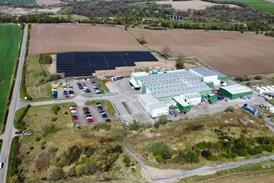
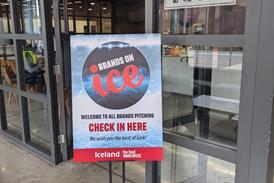
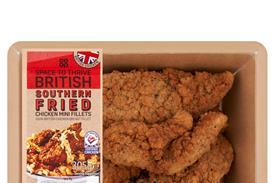




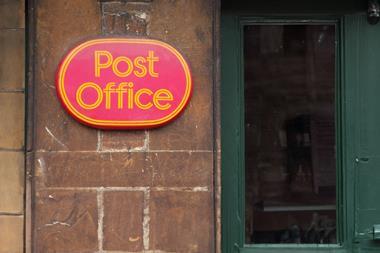

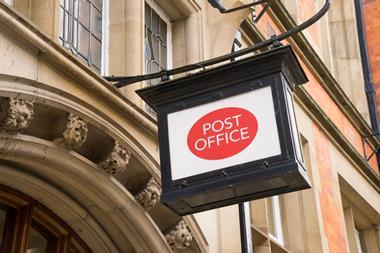
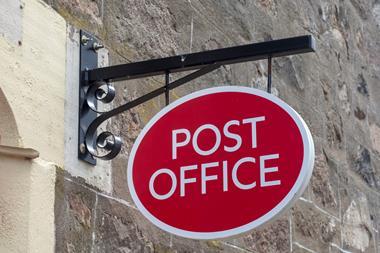

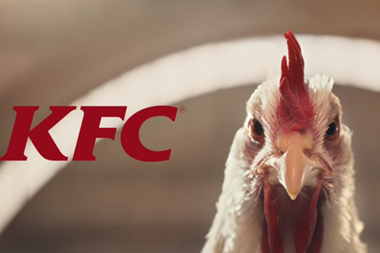



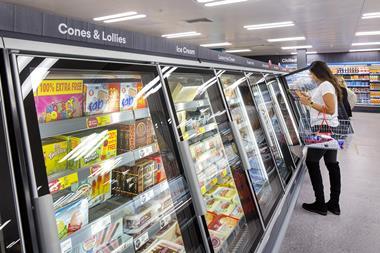
No comments yet